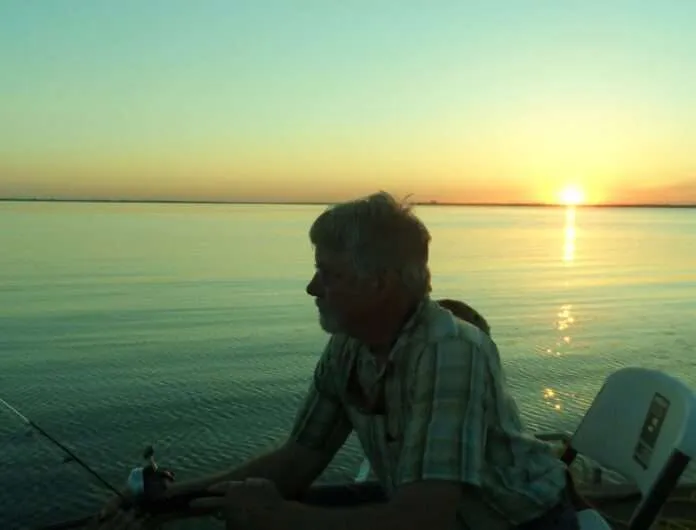I remember an old gag from my high school days; when you were with a carload of people and came to a railroad crossing, you would abruptly tell the group that a train had just passed through that crossing. Naturally someone would ask “How can you tell?” Your reply would be “Cause’ I can see its tracks.”
There is no better way to tell where and how wildlife move through and around an area that to see their tracks. Deer hunters rely on tracks to tell them where to place blinds and stands. Yes, today trail cameras show hunters animal movements, but hunters rely on tracks to know where to place the cameras. Trappers try to place predator traps where the most predator traffic occurs, and they rely on tracks to tell them that. There are some things to consider when looking at animal tracks.
For starters, we need to consider that all mammals we hunt and trap have 4 legs, and 4 feet can leave a multitude of tracks in one night’s time. Secondly, animal’s lives revolve around survival, and a major part of that survival is foraging for food. Lots of steps are taken each night in pursuit of food, two- legged birds included. All of you who have watched deer browse or raccoons waddle along a stream know that they don’t stand in one place very long. Figure them doing that for eight hours or more and that’s a lot of tracks! If we were to freshly paint the floors and isles of our workplaces then observe the number of shoe prints there at the end of an eight-hour shift, we’d be amazed how many tracks just a few of us would make.
In the end, this all amounts to a few animals leaving a multitude of life-signs of various kinds. When scouting there is no better proof than tracks and other signs left by our four- legged quarry. And while it is true that the more tracks and other signs you see, the more animals there are using that particular area, we just need to consider all the above when estimating wildlife numbers. So, to be on the conservative side, count the tracks and divide by four.
A discussion that comes up a little more often all the time, is whether or not there are mountain lions here in our part of Kansas. When sightings began to crop-up years ago, it was hard to know what to believe, as a few sightings seemed credible, but most, not so much. But with the emergence over the past few years of some credible trail camera photos, it’s hard to deny their existence here, and along with more credible pictures come more questions about identifying mountain lion tracks. I’m hardly an expert, as there are numerous outdoorsmen around who are more qualified than I, but let me tell you what I know about identifying mountain lion tracks. Given their size, the only other tracks that can be confused with them are the tracks of very large dogs. First of all, the shapes of canine tracks (dogs and coyotes) will be slightly more rectangular, whereas cat tracks (bobcat and mountain lion) will be more rounded. Those of you who have dogs and cats, look at the difference in the shapes of their paws. Secondly, and the most identifying feature for me if you can find soft enough ground here in Kansas, is the presence or absence of claw marks in the tracks. All cats (except Cheetahs, which I hope to never see in Kansas) have retractable claws that WILL NOT normally show up when they walk, whereas canine’s claws will show up at the tip of each toe.
So, there you have it, a few facts about wildlife tracks, and a primer on mountain lion track identification. And don’t worry, we will never see cheetahs in the wild here in Kansas; but isn’t that what we once thought about mountain lions too? Just sayin’.
Steve can be contacted by email at stevergilliland@gmail.com.





